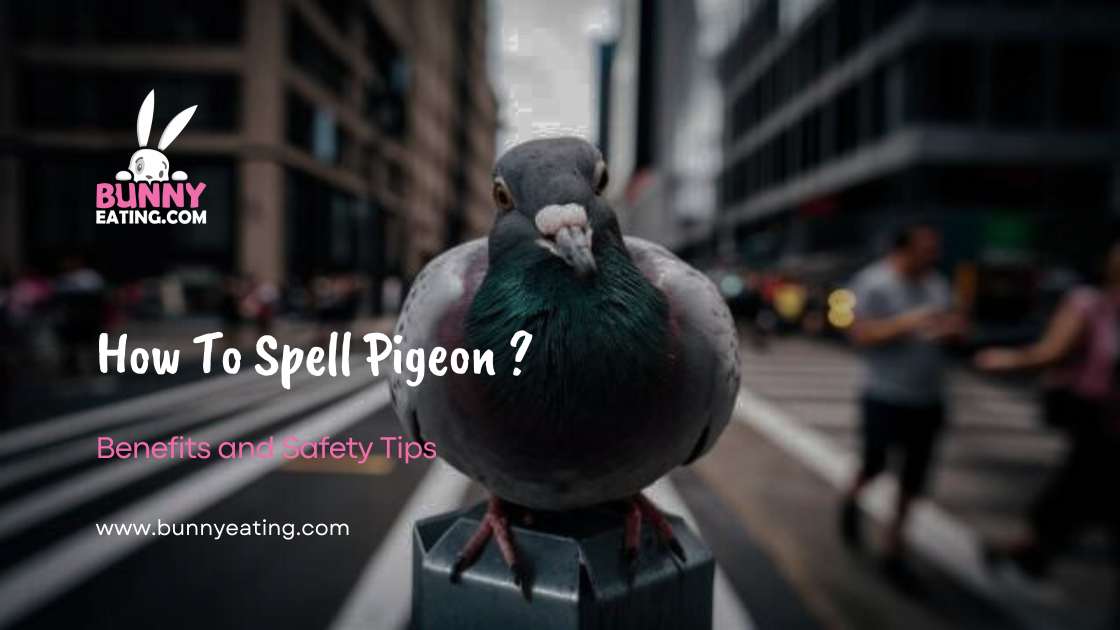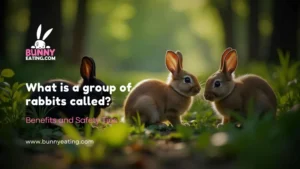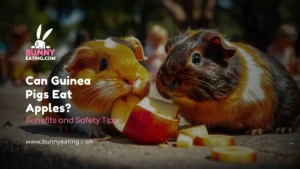Spelling “pigeon” correctly is essential for clear communication. The word refers to a common bird in cities and rural areas worldwide. It’s a six-letter word that can sometimes trip people up. Knowing how to spell “pigeon” properly helps you accurately write about these familiar feathered friends.
Have you ever second-guessed yourself when writing about pigeons? You’re not alone. Many people struggle with this seemingly simple word. It’s one of those tricky spellings that can leave even confident writers scratching their heads. But don’t worry – we’re here to help you master it once and for all.
Learning how to spell “pigeon” is easier than you might think. With a few simple tricks and a bit of practice, you’ll never misspell this bird’s name again. In this article, we’ll explore correct spelling, common mistakes, and memory techniques. By the end, you’ll be spelling “pigeon” like a pro, whether you’re writing about city birds or carrier pigeons.
Why Spelling “Pigeon” Matters
In our fast-paced digital world, correct spelling might seem like a dying art. But trust me, it’s as important as ever! When you spell pigeon correctly, you’re not just showing off your writing skills. You’re also ensuring clear communication, whether you’re writing about urban wildlife or discussing your favourite bird-watching spots.
Imagine sending an important email about a pigeon problem in your neighbourhood, only to have your message lose credibility because of a spelling mistake. Yikes! That’s why mastering the correct spelling of words like pigeon can make a real difference in how your writing is perceived. It’s a small detail that can have a big impact on your overall message.
Correct Spelling of Pigeon
Let’s get right to it: the proper spelling of our feathered friend is P-I-G-E-O-N. That’s right, no extra letters, no missing ones. Just six simple letters come together to name one of the most common birds in our cities and towns. It might seem straightforward, but this little word trips up many writers.
Breaking it down further, you can think of it as two syllables: “pi-geon”. This can be a helpful way to approach the spelling, especially if you’re prone to mixing up the letter order. Remember, there’s no ‘d’ after the ‘i’, and the ‘eo’ combination is key to getting it right. Keeping these points in mind can help you avoid common pigeon mistakes in your writing.
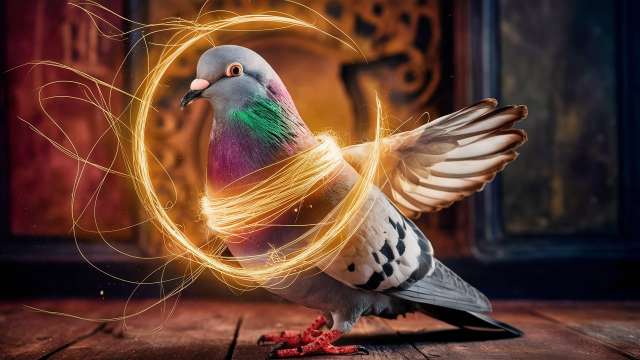
How to Remember the Correct Spelling
Struggling to keep the spelling straight in your head? Don’t worry, we’ve got some tricks up our sleeve! One effective mnemonic device is to think of the phrase “Pigeons In Gardens Eat Only Nuts”. Each word starts with a letter from a pigeon, in order. It’s a fun and memorable way to lock the spelling into your brain.
Another approach is to visualize a pigeon eating peas in a garden. The ‘p’ in peas and the ‘g’ in the garden can help reinforce the correct placement of these letters in pigeons. These visual and verbal tricks can be powerful tools for remembering the word and improving writing skills. With a bit of practice, you’ll be spelling pigeon like a pro in no time!
Common Spelling Mistakes
Even the best writers can stumble when it comes to spelling pigeons. One of the most common misspelling variations is “pigeon”. This error likely stems from the pronunciation of the word, where it can sound like there’s a ‘d’ sound. But resist the urge to add that extra letter!
Another frequent mistake is writing “pigeon”, dropping one of the ‘e’s. While it might seem logical to simplify the spelling, it’s not correct. These misspelling variations can be confusing, but remembering the correct six-letter spelling will help you avoid these pitfalls. Always double-check your work, especially when dealing with words that have tricky spellings like a pigeon.
Definition and Etymology of Pigeon
Now that we’ve nailed the spelling, let’s dive into what a pigeon is. A pigeon is a bird belonging to the family Columbidae, which also includes doves. These birds are known for their stout bodies, short necks, and small heads. They’re found all over the world and have a long history of interaction with humans.
The word “pigeon” has an interesting origin. It comes from the Old French word “pijon”, which in turn derives from the Latin “pipio”, meaning “young chirping bird”. Over time, this evolved into the Middle English “pigeon” or “pejon”. Understanding the etymology of words can often provide fascinating insights and help with remembering their spellings.
Fascinating Pigeon Facts
| Fact | Description |
|---|---|
| Navigation | Pigeons have an incredible sense of direction and can find their way home from hundreds of miles away |
| Speed | Racing pigeons can fly at average speeds of up to 77.6 mph |
| Lifespan | In the wild, pigeons typically live 3-5 years, but in captivity can live up to 15 years |
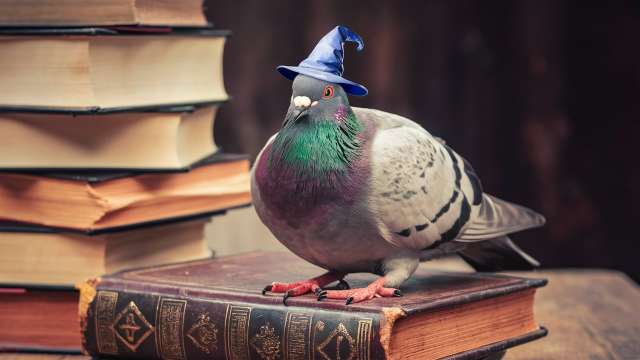
Transcription of Pigeon
When it comes to pronunciation, “pigeon” is typically transcribed as /ˈpɪdʒən/ in the International Phonetic Alphabet. This breaks down to “PIJ-un” in simpler terms. The first syllable rhymes with “midget”, and the second is unstressed, sounding like the “on” in “button”.
Interestingly, there’s not much difference between American and British pronunciation of “pigeon”. Both versions put the stress on the first syllable and have a similar overall sound. This consistency across English dialects can be helpful for learners and native speakers alike when it comes to spelling and pronouncing this common bird name.
Examples of Using “Pigeon” in Sentences
To cement your understanding of how to use and spell pigeon correctly, let’s look at some examples in context. Here are a few sentences showcasing our feathered friend:
- “The city square was filled with pigeons pecking at crumbs.”
- “Sarah watched as a pigeon landed gracefully on her windowsill.”
- “The art of training carrier pigeons was once crucial for long-distance communication.”
These examples demonstrate how “pigeons” can be used in various contexts, from urban wildlife descriptions to historical references. Practice using the word in your sentences to help reinforce the correct spelling and usage.
Beyond Spelling: Pigeon Idioms and Expressions
Pigeons have fluttered their way into our language in more ways than one. Several idiomatic expressions use the word “pigeon”, and knowing these can enrich your vocabulary. For instance, “stool pigeon” refers to an informant or a decoy, originating from hunters’ use of captive pigeons to attract other birds.
Another common phrase is “to be pigeon-holed”, meaning to be assigned to a particular category or stereotype, often unfairly. This expression comes from the small compartments (called pigeonholes) used for sorting mail or documents. These colourful phrases show how deeply pigeons have nested in our language and culture.
In conclusion, mastering how to spell pigeon is more than just a matter of memorizing letters. It’s about understanding the word’s history, its place in our language, and the fascinating bird it represents. With the tips and information we’ve covered, you’re now equipped to use this word confidently in your writing. Remember, practice makes perfect, so keep an eye out for pigeons in your daily life – both the feathered kind and the written word!
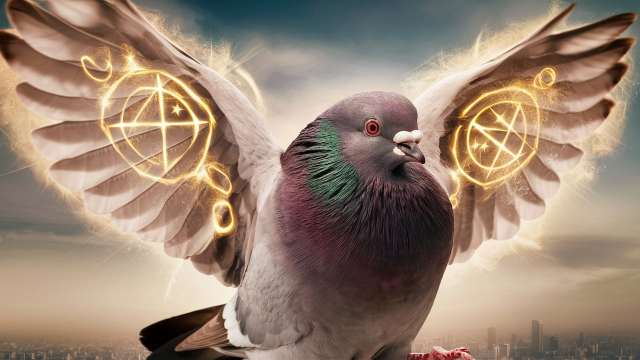
Conclusion
Mastering how to spell “pigeon” is simpler than it may seem. By familiarizing yourself with the correct spelling and using helpful memory techniques, you’ll confidently write about these birds without hesitation. Whether you’re discussing city pigeons or carrier pigeons, you’ll have the assurance that you’re spelling their name correctly every time.
FAQs
How is “pigeon” spelt?
Pigeon” is spelt P-I-G-E-O-N. It’s a six-letter word commonly used to describe the bird found in cities and rural areas.
How do you spell “pigeon” in English?
The correct spelling is “pigeon,” with six letters: P-I-G-E-O-N.
How do you spell pigeon sounds?
Pigeon sounds are spelt as “coo,” mimicking their distinctive cooing noise.
What does a pigeon mean for a girl?
For a girl, a pigeon might symbolize peace, love, or the idea of a gentle companion. It can also represent freedom and the beauty of nature.

Admin – Pet Expert shares valuable tips on pet care, nutrition, and health, offering practical advice to help your furry friends thrive.
